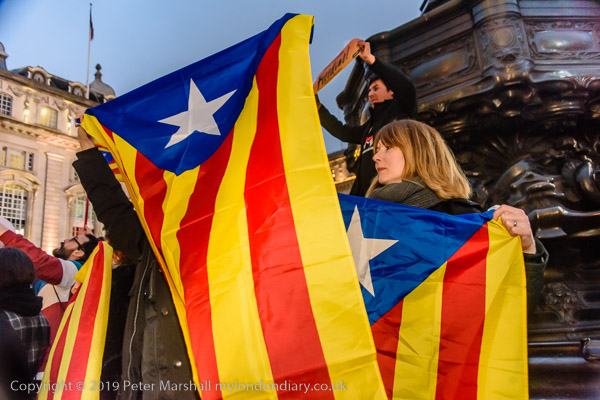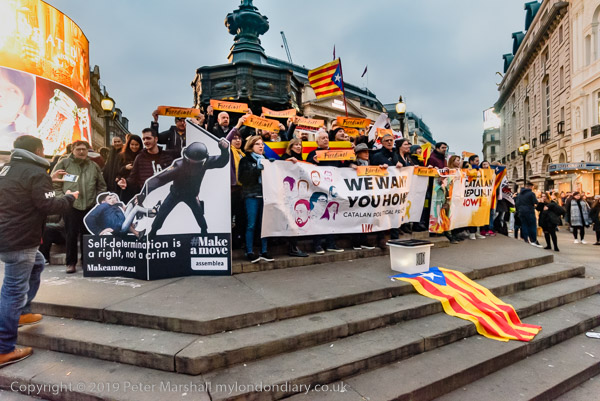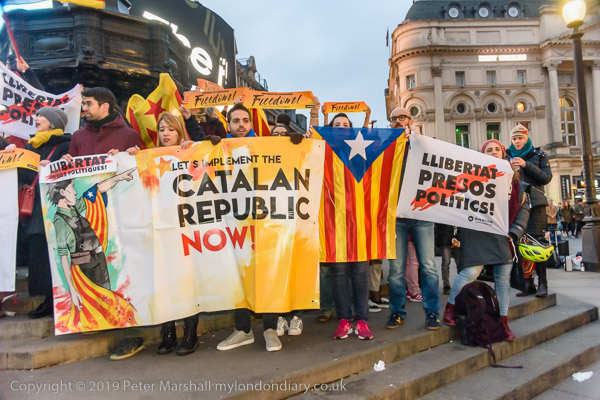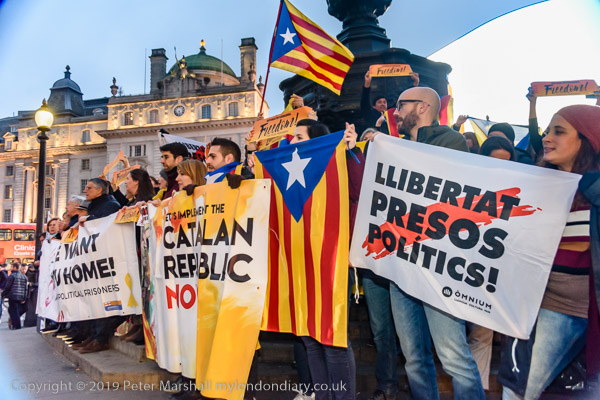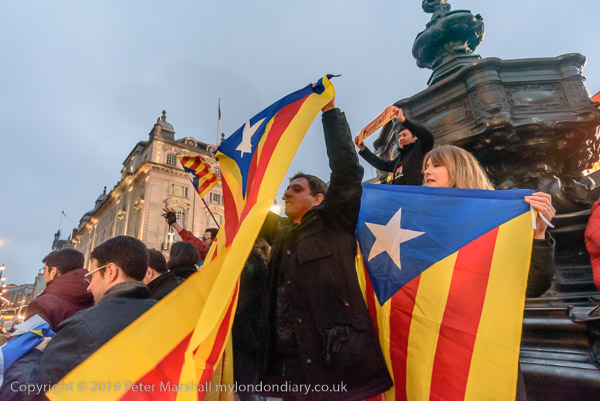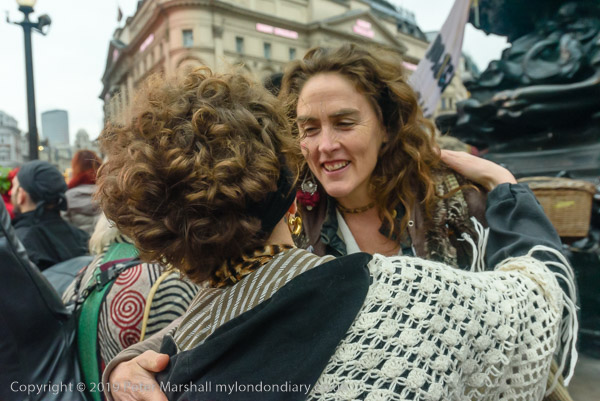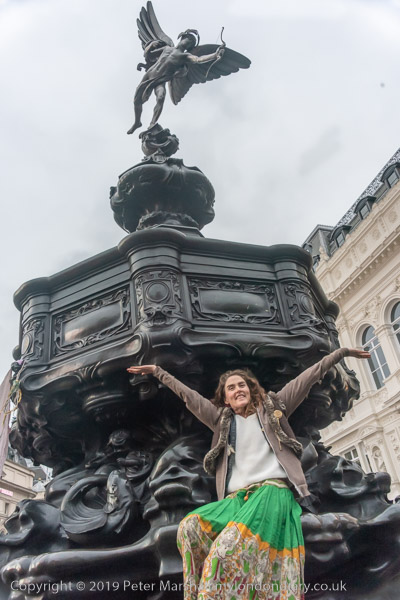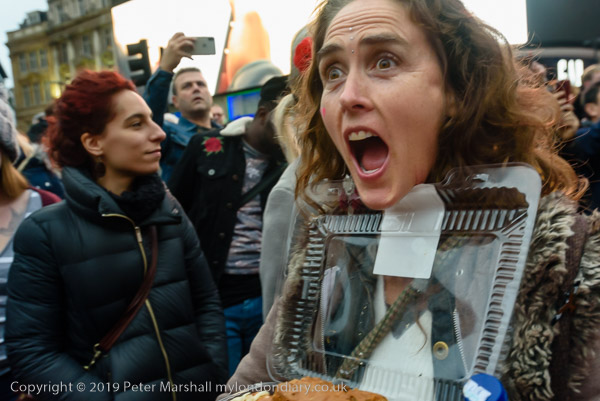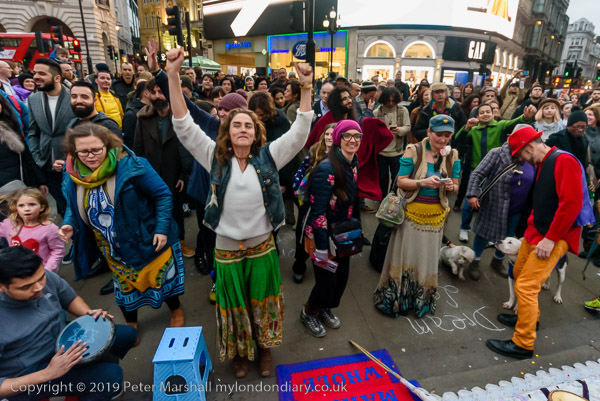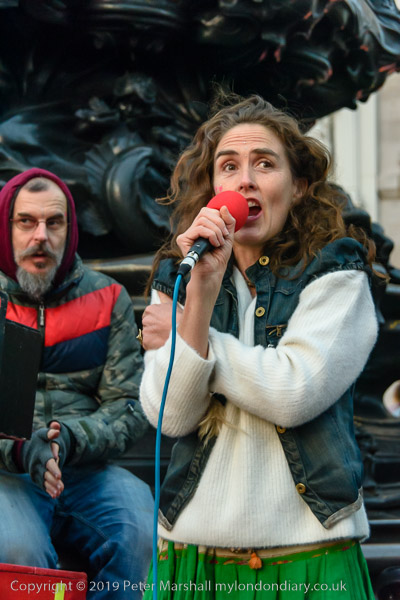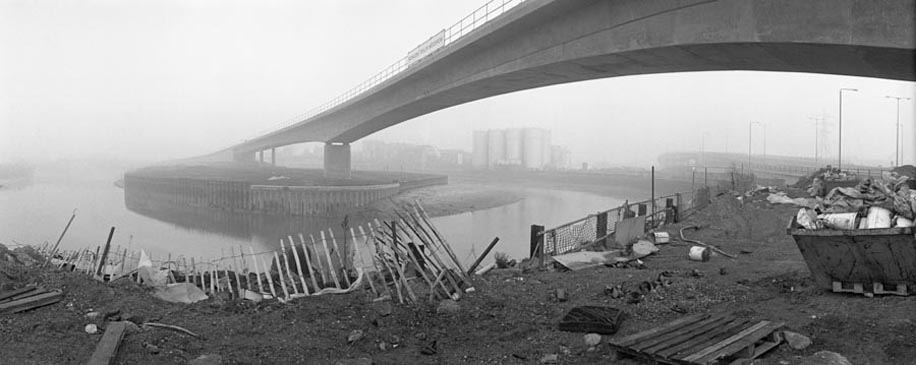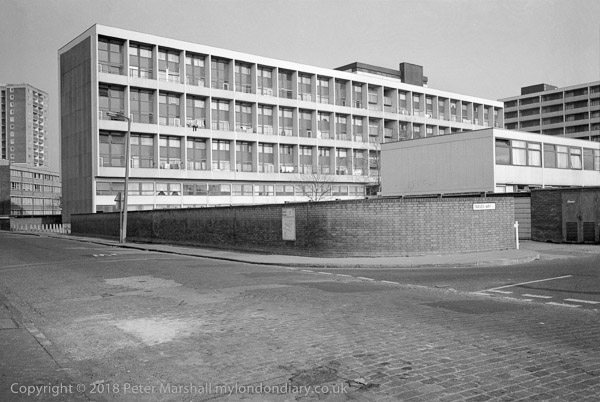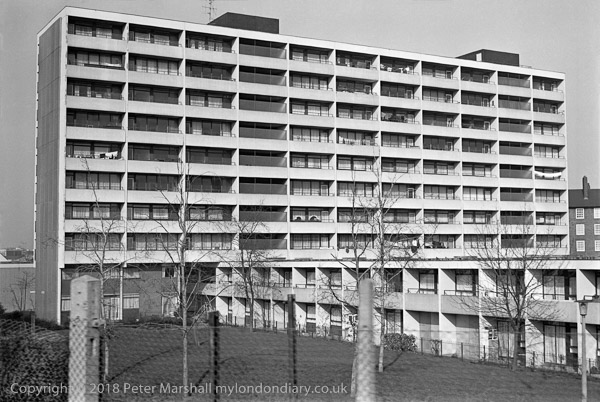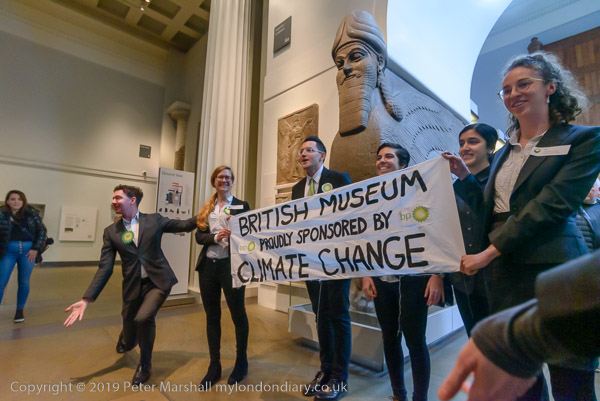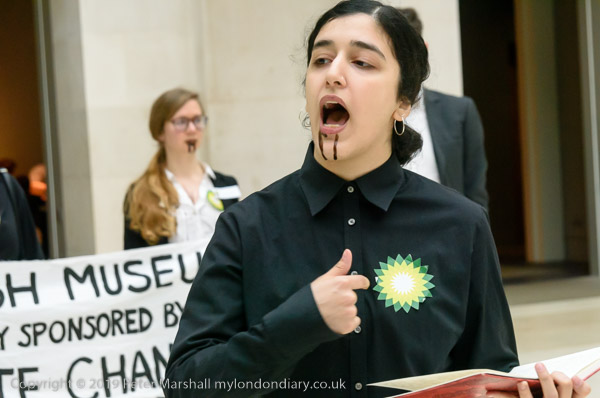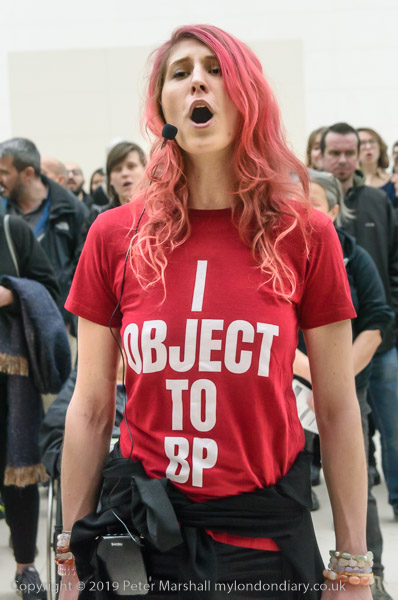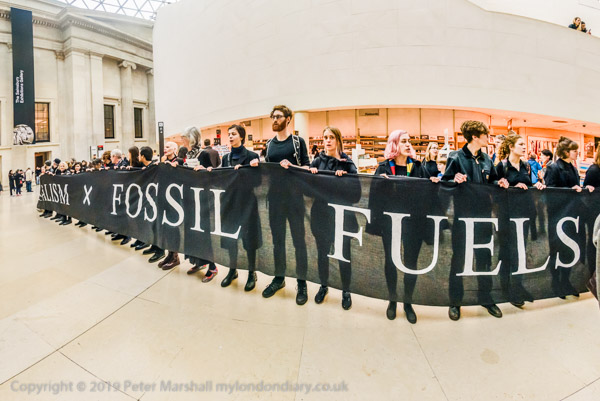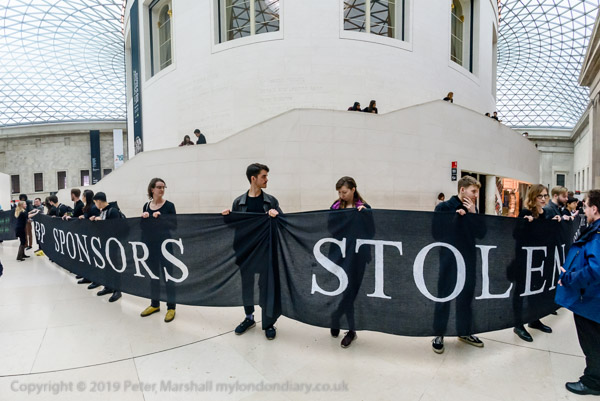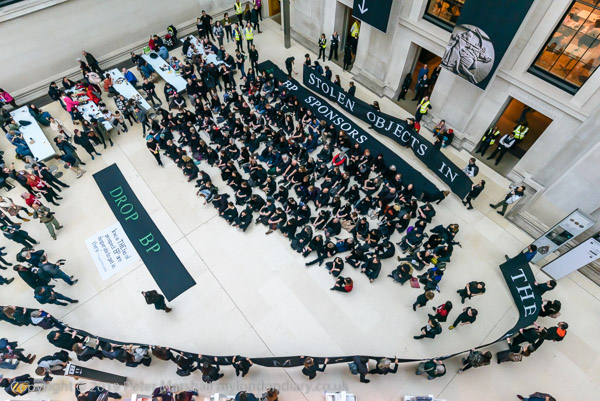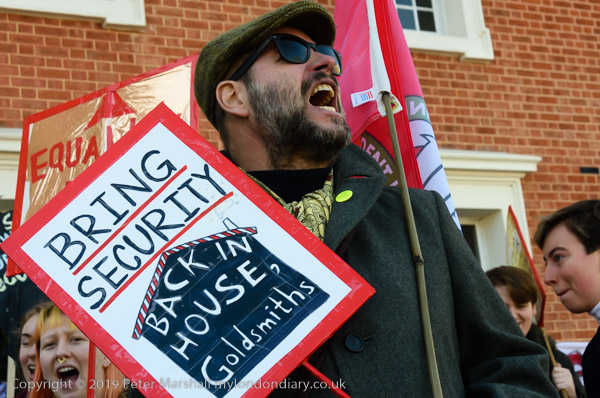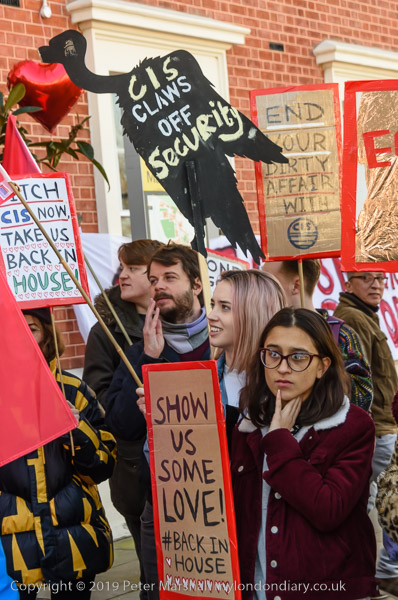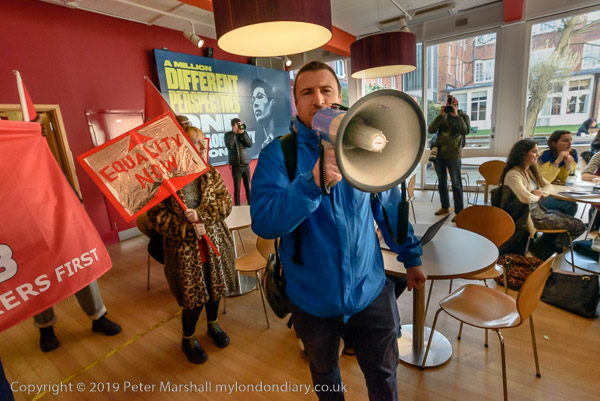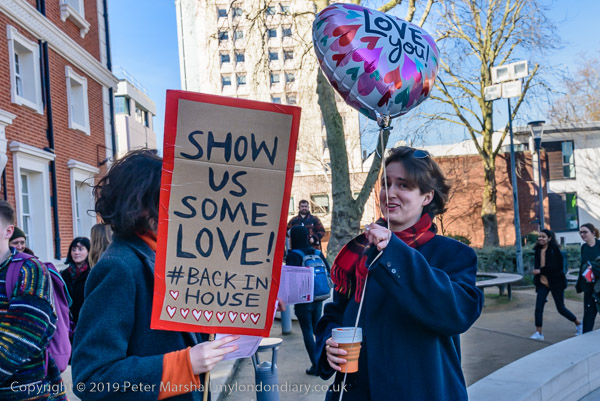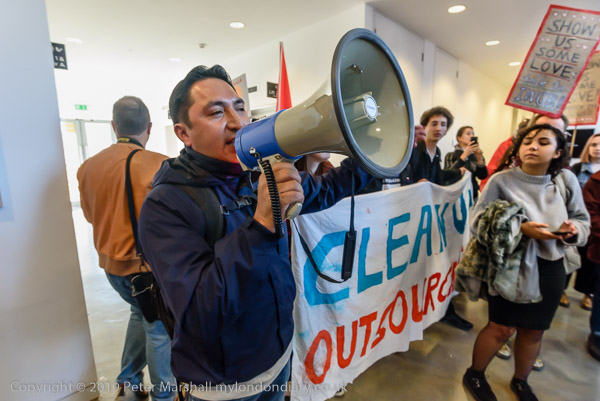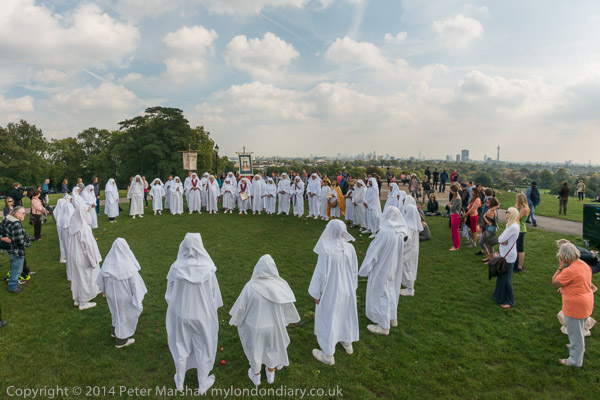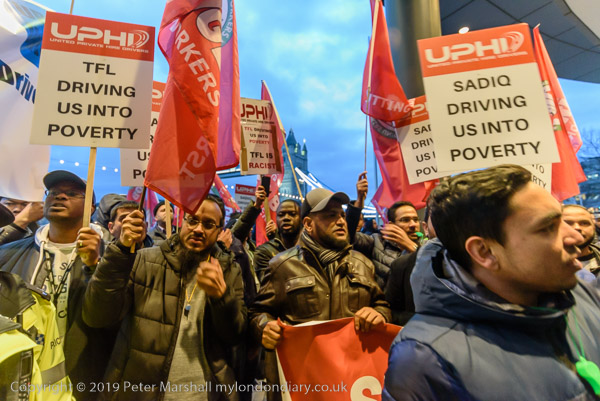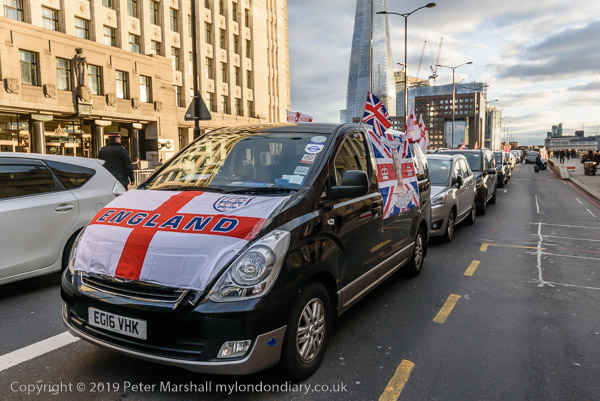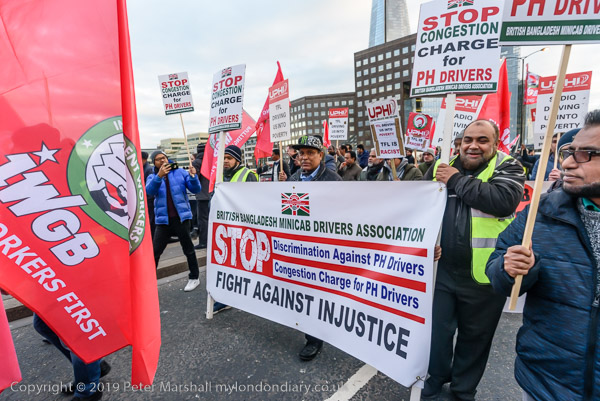I think I should start this post with a health warning. Do not click the link in this post unless you have hours you can afford to spend looking at photographs. You will probably want to rush out and get a bottle of vodka and be glued to your screen forgetting meals, appointments and the rest and come round some time tomorrow with a huge hangover.
It will almost certainly be worse if you can actually make out the Cyrillic characters or actually read Russian, but even without that the pictures are fascinating, with every issue of Советское фото – Soviet Photo magazine – over 400 of them from 1926-1991 now available to read online at Archive.com.
You can read more about the magazine and its history in both Russian and, if you scroll down, in English on the About tab, which also talks about the early controversies in its pages in the late 1920s and early 30s. It was here that the work of Aleksandr Rodchenko was first denounced as plagiarising the work of Western European photographers László Moholy-Nagy and Albert Renger-Patzsch – unfortunately leading the magazine to boycott his work – and later his and similar work politically denounced as formalist; foreign and elitist and not in line with the official party line of Socialist Realism.
Photography developed rather differently in Russia, something that was made clear to me in 1978 when ‘The Russian War 1941-5’, a superb collection of photographs edited by A. J. P. Taylor , Daniela Mrazkova & Vladimir Remes, many of the pictures in which are now well-known.
After the war there was also a disjunct between photography on the two sides of the iron curtain, with relatively little contact between the two. With a few exceptions, the work that we saw came from photographers who had managed to leave the Soviet bloc – though some of those exceptions were notable – such as Czech photographer Josef Sudek (1896-1976), the ‘Poet of Prague’. Things of course began to change with the fall of the Soviet Union in 1991.
This is certainly a site to add to your bookmarks, and one that, like vodka, is best taken in small doses.
Of course there is much more available on the Internet Archive, and a recent post looks at their work and at the problems of preserving Internet content. It’s something I have a definite personal interest in, as over 300 articles that I wrote about photography are now, for copyright reasons, only available among the 330 billion web pages, now stored on the ‘Wayback Machine’.
